Born 1909 in Murano, Italy, Archimede Seguso is revered as one of history’s finest Venetian glassblowers, known particularly for the intricate vases, necklaces, sculptures
, and much sought-after chandeliers
that he produced for his eponymous firm, Vetreria Archimede Seguso (est. 1946).
Typical to the narratives that color Murano’s glassmaking community (see Barovier & Toso), Seguso hails from an uninterrupted lineage of glassmakers that reaches back nearly six centuries. In his late teens, he apprenticed at La Vetreria Artistica Barovier, where—working alongside the likes of Vittorio Zecchin and Flavio Poli—he cultivated a maestro’s sensibility for the practice that would later inform nuanced explorations into revising ancient Murano techniques (what would become his glassworks' signature). To that end, into the 1940s, Seguso contributed to Poli’s sculptured Sommerso (or submerged) output, helping devise the complex technique behind the hand-blown craft in which transparent glass of varying colors and textures were laid, to striking vibrancy, atop each other. The series, Poli’s most renowned, garnered heaps of subsequent awards, including the Compasso d’Oro prize in 1954.
Seguso’s transition away from his family’s firm to the independent environs of his own in 1946 represented a watershed moment in the history of modernist glassmaking—the move, more or less, a precursor to the midcentury’s nascent Studio Glass movement, which saw the broad move from industrial-type glassblowing—e.g., at firms like René Lalique’s in France, where Lalique’s designs were carried out by a large team of workers—to the more artisanal processes of the small, studio furnace headed by a single artist.
Under his own direction, Seguso’s atelier produced across the 1950s and 1960s a virtuoso array of innovative glasswork, characterized by the subtle layering and manipulation of glass canes, fragments, shards, and powdered pigments, like his 1951 Zig Zag lattimo vase, an icon of post-war Italian design; the use of Filligrana threads, like his masterful lattice-like Merletto vase, 1953, which reimagined the ancient technique to suit postwar tastes; and experimentation with novel organic shapes and forms, like his smoky and diffused A Polveri series of vases and bowls, also 1953. Chandeliers, which framed the initial output of Vetreria Archimede Seguso, rounded out the rest of Seguso’s midcentury oeuvre and were produced for the interiors of both Italian and international cinemas, theaters, hotels, churches, and public offices.
Seguso’s sons, Gino and Giampaolo, joined the atelier—in 1959 and 1964, respectively—marking the beginning of a shift away from intricate layering and experimentation and toward massive sculpture. Standout works from this vein include Head of a Sleeping Woman (1971), Head of a Child (1972), and Double Eclipse (1982), some of which were showcased at Palazzo Grassi and Correr Museum’s 1982 exhibition A Thousand Years of Glassmaking in Venice.
Seguso continued to travel in the late century, participating in retrospectives in New York (Tiffany & Co., 1989), Japan (the Otaru Museum, 1990), and Venice (Palazzo Ducale, 1991), while simultaneously producing new work. His colorful Fenice series of vases, inspired by the tragic Venetian theater fire in 1996, prove an enduring selection from this coda of Seguso’s important career.
He passed away in 1999.
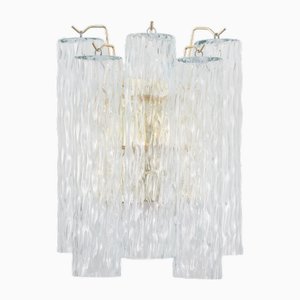



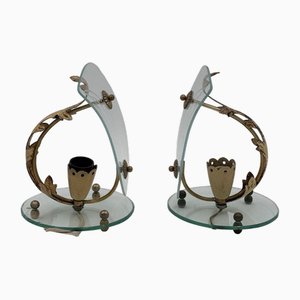
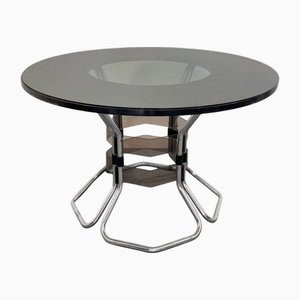


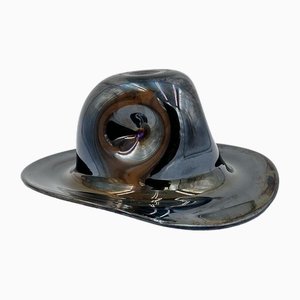
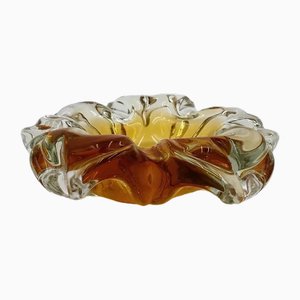
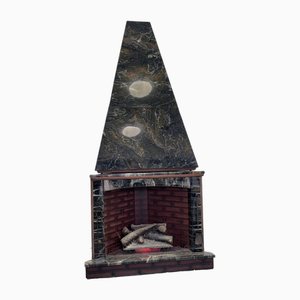
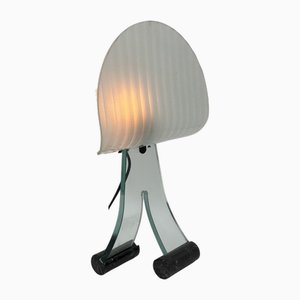


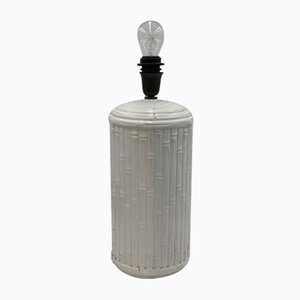
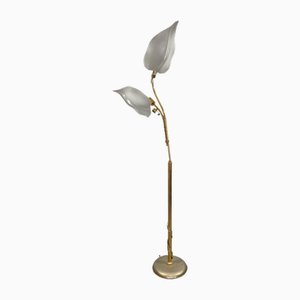
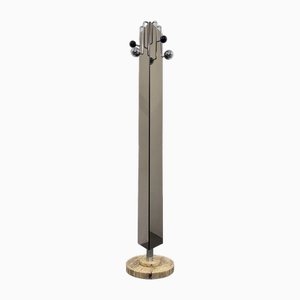
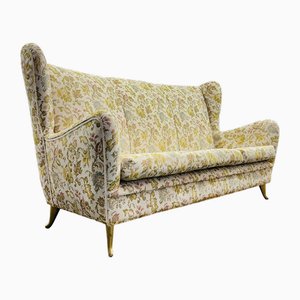
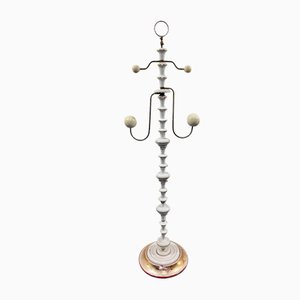

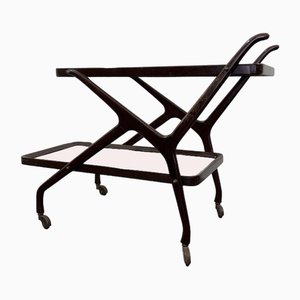



Get in Touch
Make An Offer
We noticed you are new to Pamono!
Please accept the Terms & Conditions and Privacy Policy
Get in Touch
Make An Offer
Almost There!
To follow your conversation on the platform, please complete the registration. To proceed with your offer on the platform, please complete the registration.Successful
Thanks for your inquiry, someone from our team will be in touch shortly
If you are a Design Professional, please apply here to get the benefits of the Pamono Trade Program